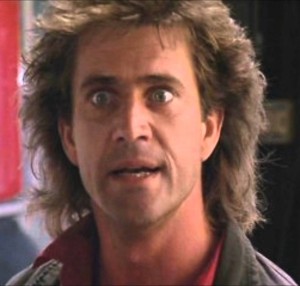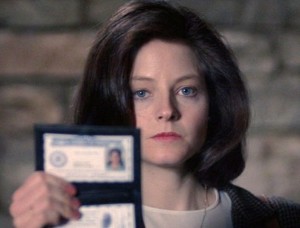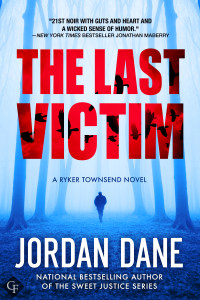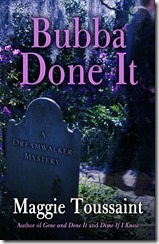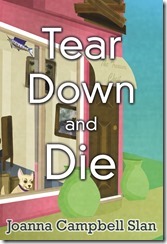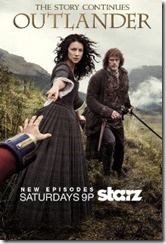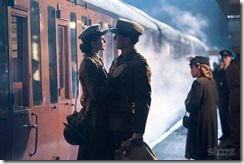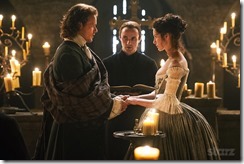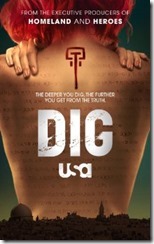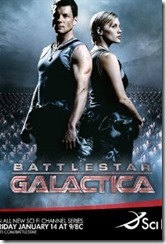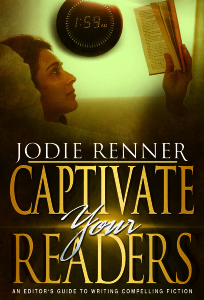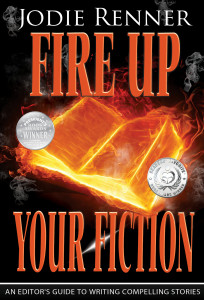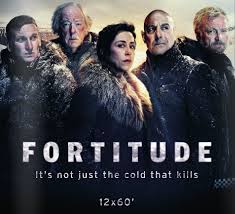by James Scott Bell
@jamesscottbell
The special creation he had lovingly shaped, and into which he breathed the breath of life, had gone off the rails. God saw that the wickedness of man was great in the earth, and that every imagination of the thoughts of his heart was only evil continually.
Things went south from the very start. He placed man and woman in this beautiful garden with plants and animals and a Starbucks, and said there was only one rule: Do not eat the fruit of this one tree, okay? Is there any part of Do not eat you don’t understand? No? Very good.
But then the first politician the serpent whispered a sweet lie, and Eve took a bite, then Adam chomped, and it was bye-bye Eden. In the outside world Adam and Eve scraped up enough to buy a little starter home, had kids. But tragedy ensued–Cain murdered his brother, Abel.
Things only got worse. After several generations God decided it was time to clear the table, wrap it all up. But there was this one man, Noah, who was perfect in his generations, and … walked with God.
You know the story. God tells Noah that judgment is coming, so he is to build a big boat according to certain specs. Then he must bring in pairs of animals for the repopulation project. Noah obeys, gets the animals and his family on board. The flood arrives.
And Noah becomes the greatest financial planner in the Bible. He floated his stock while everyone else liquidated.
Ba-dump-bump.
So there is Noah, inside a stinky animal pen for over a year (when you do the math), and what is he thinking? We have a clue. The ancient Hebrew style of writing is minimalist, and leaves a lot “between the lines.” At one point we read this: And God remembered Noah.
This tells me that sometime during his voyage Noah began to wonder if God had forgotten him. Was he a sap for listening? Was this all a cosmic joke? Was he going to die out here in this watery wasteland?
What Noah experienced was his “mirror moment.”
Yet he keeps the faith, does not curse God. The flood subsides. Noah and his family and the animals step out into the new world.
And Noah builded an altar unto the LORD; and took of every clean beast, and of every clean fowl, and offered burnt offerings on the altar. And the LORD smelled a sweet savour…
Noah is the same righteous man he was before the flood, but now his faith has been tested, and has become stronger.
This is Noah’s arc.
Discussions about character arcs can sometimes get overly complicated––complete with graphs that look like transcranial Doppler readings––or too simplistic (“Not every story needs a character arc!”)
But as I argue in my book, Write Your Novel From The Middle, it’s not really complicated at all once you nail that mirror moment.
And every story must have a character arc–or as I prefer, transformation–because, wait for it, you can’t have a story without one. You can have good writing. You can have distinct style. You can have quirky characters. But without transformation, friend, you will not have a story, and that’s what 99.9% of readers are looking for, consciously or not.
Your character’s mirror moment tells you what kind of transformation guides your story. It will be one of two types:
- The Lead character changes inside, becoming a different person at the end than at the beginning. In this type of mirror moment, the character is forced to look at himself and “ask” if this is who he really is, and wonder if he’s going to stay that way. The story question then is: will he actually transform into a different person at the end?
This transformation is from one pole of existence to another. From one kind of being to another. It’s a fundamental change.
Examples of this type of transformation include: Rick Blaine in Casablanca; Scout Finch in To Kill A Mockingbird; Martin Riggs in Lethal Weapon.
Note: This transformation does not have to travel from negative to positive (though most of the time it does). It can also be from positive to negative. A prime example of this is Michael Corleone in The Godfather. He transforms from good American soldier to soulless gangster.
There is even a type of transformation where the character is “offered grace” (as Flannery O’Connor put it) but turns it down. This is a tragedy. The character actually transforms backwards, becoming even worse off than before. Two of my favorite films of all time, both starring Paul Newman, are examples of this––Hud and The Hustler.
- The Lead character realizes, right in the middle of the struggle, that there is no way he can win. The odds are too great. He is “probably going to die.”
This transformation goes from stasis to strength. The character remains the same person fundamentally, but grows stronger in order to survive the “death stakes” of the conflict.
Examples of this type are: Clarice Starling in The Silence of the Lambs; Katniss Everdeen in The Hunger Games; Dr. Richard Kimble in The Fugitive.
Are there any examples of characters without any type of transformation? What about James Bond? Jack Reacher? They’re always the same, aren’t they?
They are the same fundamentally, but in those stories the transformation is of the second type, because the case or intrigue they are involved in challenges their powers and threatens them with physical, professional or psychological death.
If the story doesn’t have death on the line, it’s going to feel flat.
The easiest way to find the transformation that is right for your story is to brainstorm your mirror moment.
Pantsers, you can brainstorm that anytime you like. If you’re lost in the middle of a draft (and I know you will be), the mirror moment will become the beacon that lights your way out of the thicket.
Plotters, you can determine your transformation at the beginning of things and know precisely how to outline from there (in my book I describe the “Golden Triangle” as the basis of a solid outline). Or you can put a moment in provisionally and change it later on as the story grows.
The point is that once you have it, it will illuminate the rest of your novel, from beginning to end. It will guide you in the formulation of plot, scenes and the ultimate meaning (theme) of the story trying to get out.
I’ll be in travel mode today, but will try to drop by if I can. Please continue the discussion!


